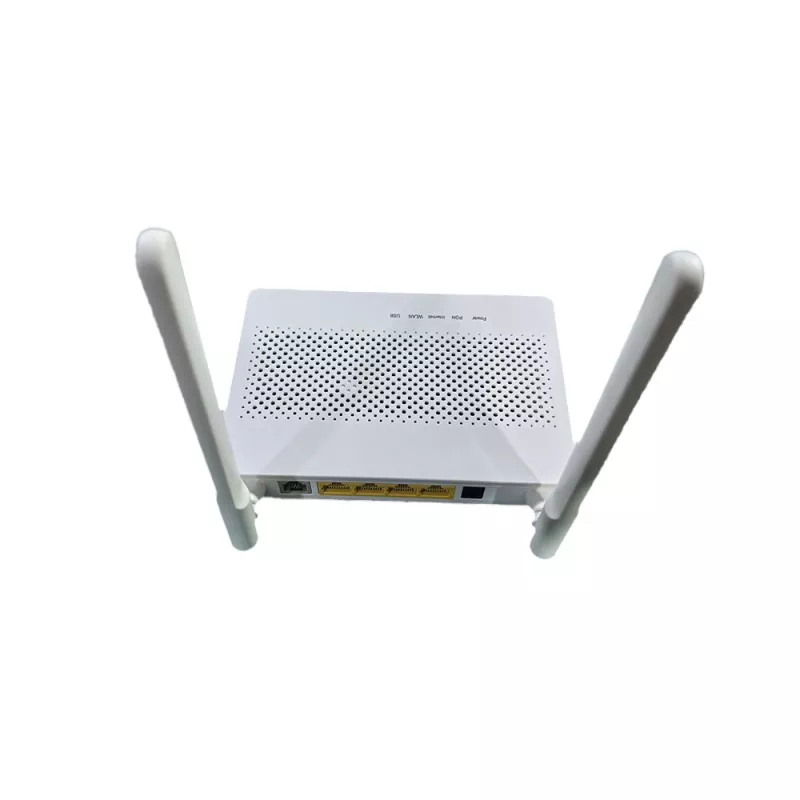What does single band Wi-Fi mean?
2024-11-29
Single-band Wi-Fi refers to a Wi-Fi router or network that operates on only one frequency band: the 2.4 GHz band. This type of Wi-Fi technology is simpler and typically found in older or budget-friendly devices. Understanding what single-band Wi-Fi means can help you determine whether it suits your needs. Here's a detailed explanation:
How Single-Band Wi-Fi Works
Wi-Fi operates on different radio frequency bands to transmit data. Single-band Wi-Fi routers use the 2.4 GHz frequency, which has been a standard for many years. This band supports basic wireless networking for internet access and device connectivity.

Characteristics of Single-Band Wi-Fi
1. Frequency: Operates solely on the 2.4 GHz band.
2. Range: Offers better range compared to higher-frequency bands like 5 GHz, as the 2.4 GHz signals can penetrate walls and obstacles more effectively.
3. Speed: Generally provides slower speeds compared to dual-band or tri-band Wi-Fi setups that include 5 GHz or 6 GHz bands.
4. Interference: More prone to interference since the 2.4 GHz band is crowded with other devices such as cordless phones, microwaves, Bluetooth devices, and neighboring Wi-Fi networks.
Advantages of Single-Band Wi-Fi
1. Cost-Effective: Single-band routers are usually less expensive and ideal for basic internet needs.
2. Wider Coverage: Suitable for larger areas where long-range connectivity is more critical than speed.
3. Compatibility: Works with almost all Wi-Fi-enabled devices, as the 2.4 GHz band is universally supported.
Limitations of Single-Band Wi-Fi
1. Slower Speeds: Limited bandwidth means slower data transfer rates, making it less suitable for bandwidth-intensive tasks like streaming 4K video, online gaming, or large file downloads.
2. Congestion: More susceptible to interference and network congestion due to heavy usage of the 2.4 GHz band by various devices.
3. Fewer Features: Lacks advanced features available in modern dual-band or tri-band routers, such as Quality of Service (QoS) settings or support for smart home devices that require faster connections.
Who Should Use Single-Band Wi-Fi?
Single-band Wi-Fi is suitable for:
- Basic Internet Users: Ideal for checking emails, browsing the web, or light streaming.
- Small Homes: Provides adequate coverage for smaller spaces where high speeds are not a priority.
- Budget-Conscious Users: If affordability is more important than advanced performance.
Conclusion
Single-band Wi-Fi is a basic, cost-effective option for users with minimal internet requirements, such as general browsing and email. However, for modern needs like streaming, gaming, or connecting multiple smart devices, a dual-band or tri-band router offering 5 GHz or 6 GHz bands is a better choice. Consider upgrading if you experience slow speeds, interference, or connectivity issues with single-band Wi-Fi.


